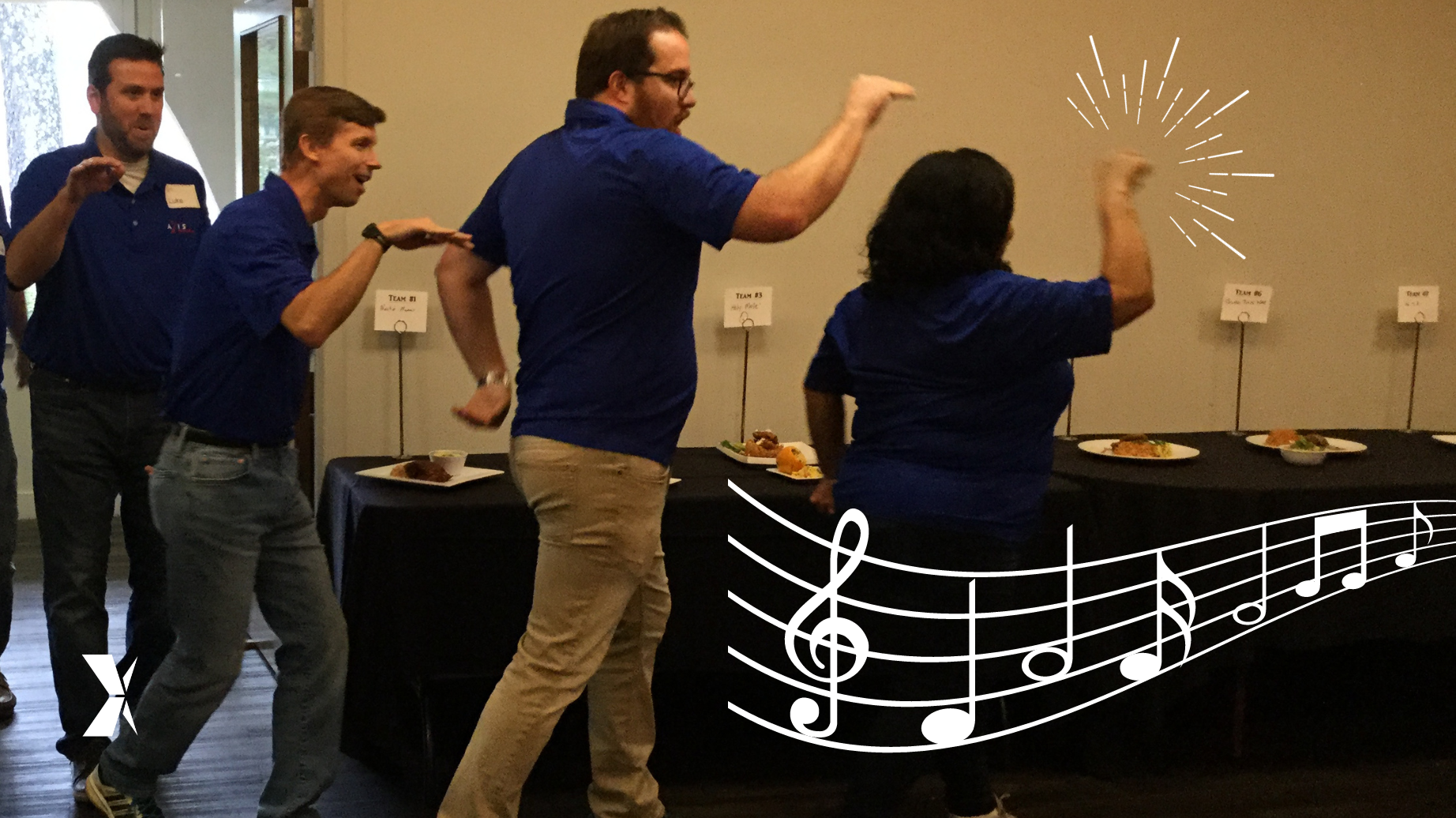Blog

Workplace Culture: It Either Fits or It Doesn’t (And Why That’s a Good Thing)
In the ever-evolving world of employment, the enigmatic concept of workplace culture has gained increasing importance. Companies and job seekers alike are realizing that it’s not just about finding the right job or the right candidate; it’s about finding the right cultural fit. You see, workplace culture is like Cinderella’s glass slipper—perfect for some, but a bit too snug for others. In short, it either fits or it doesn’t, and that’s perfectly okay.
The Lifeblood of Workplace Culture
Workplace culture encompasses the shared values, beliefs, attitudes, quirks, and behaviors that define an organization – the collective personality shaping the office environment, interactions, and overall employee experience. Think of it as the once adored Vegas buffet offering a variety of dishes to suit every taste. From a formal multi-course French dinner (Steak au poivre) to casual finger food fare (Pigs in a blanket), different cultures cater to different appetites. And oftentimes it can be a make-or-break factor for both employers and employees.
Why Workplace Culture Matters
- Employee Engagement: A strong cultural fit fosters employee engagement and camaraderie. When employees embrace the company culture, they are more motivated, committed, and passionate about their work.
- Retention: Employees who feel at home in the company culture are more likely to stay. High turnover rates can be costly and disruptive, making retention a critical concern for businesses.
- Productivity: It’s no secret that a positive culture promotes productivity. When employees are comfortable, supported, and aligned with the company’s values, they perform better and contribute to the organization’s success.
- Innovation: A culture that encourages creativity and innovation can lead to groundbreaking ideas and solutions. Employees who feel valued and empowered are more likely to think outside the box.
- Recruitment: Job seekers consider cultural fit as a top priority when evaluating potential employers. Attracting top talent requires a culture that aligns with the values and expectations of prospective employees.
When exploring cultural alignment, there are two sides of the coin…
When It Fits:
- Harmony: Employees who fit well within the company culture experience harmony in their work lives. Some will dive in headfirst to experience how things are done, and ultimately share the organization’s values.
- Productivity: Cultural alignment often leads to higher productivity. Employees feel motivated and supported, which can result in increased efficiency and quality of work.
- Loyalty: Employees who fit culturally are more likely to stay with the company. They develop a sense of loyalty, commitment, and pride that benefits them both individually and as part of the company.
- Teamwork: Cultural fit contributes to effective teamwork. When team members share values and norms, they collaborate smoothly and efficiently.
When It Misfits:
- Disengagement: Employees who don’t align with the culture may become disengaged and less motivated. This can lead to decreased productivity and job dissatisfaction for the employee and for the team.
- Conflict: Cultural misfits may clash with their colleagues or management, causing tension and disruption within the workplace. Culture clashes resulting in miscommunication and misunderstandings can also turn the workplace into a prime-time sitcom. While it sounds like good TikTok material, it often isn’t.
- Turnover: Employees who don’t fit culturally are more likely to leave the organization in search of a better fit. This can result in increased turnover and recruitment costs.
- Innovation Block: A culture that stifles diversity and creativity can inhibit innovation. Employees who feel constrained may be less likely to contribute ideas, for fear of judgement and placement on the metaphorical wall of shame.
The Importance of Finding the Right Fit
In the quest for workplace satisfaction and success, employers and employees alike must prioritize affiliations that align with their values, beliefs, and work style. Silly zombie videos may not be for everyone. While skills and qualifications are undoubtedly essential, they comprise just one slice of the satisfaction pie.
In conclusion, workplace culture is not merely an accessory to employment – it’s the very fabric of our professional lives. Whether the culture fits like a glove or requires a bit of stretching, remember that finding the right fit is like finding your groove on the dance floor. So, embrace the journey, laugh at the misadventures, and remember that prioritizing cultural alignment can be the key to a successful and fulfilling journey for everyone.



